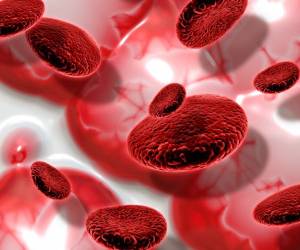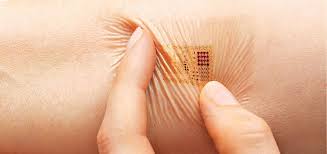Development of nano-sensors to measure dissolved oxygen concentration in the blood (COBD nano-sensors) PhD in nano-microelectronics
Researcher and author: Dr. ( Afshin Rashid)
Note: ByvsnsvrھA or biological sensors based on a wide range of applications such as the pharmaceutical industry, food industry, environmental science, military industry and so on, especially Biowar branch out.
The development of nano-sensors to measure the concentration of dissolved oxygen in the blood began. This sensor is also called COBD by covering the surface of the electrode with an enzyme that is sometimes called the electro - calorie . Later, it helped oxidize glucose. This sensor was used to measure blood sugar. In the same Bapvshandn electrode by an enzyme that has the ability to convert urea into ammonium carbonate in the electrode material ++ ion, NH4 biosensors that could have made the urea in the blood or urine measure.
Each of these two early biosensors used a different transducer in their signal conversion section . In the first type, the blood sugar level was measured by measuring the electric current produced (ammetric), while in the urea sensor, the urea concentration is measured based on the amount of electric charge generated in the sensor electrodes (. Potentiometric) . The need to see a doctor and only on the basis of information provided by a COBD or Doctor-Board-on-Chip to diagnose the type of disease and then inject into the blood. This will drastically reduce the dosage of the required drugs directly from the side effects of the Effect-Side drug , because the drug is very low and is also sent to the required place in the body. That the drug acts directly on a biosensor converts the biological response into an electrical signal and consists of two main components: the receptor and the detector. The selectivity of a biosensor is determined by the receiving section. Enzymes, antibodies, and lipid layers are good examples of receptors.
The task of the detector is to convert the physical or chemical changes by detecting the material to be analyzed into a clear factor that the detectors can select in the type of reaction of the electrical signal. Do not have the perfect .
Types of detectors (or transducers or converters or detectors) used in biosensors include:
They are electrochemical, optical, piezoelectric and thermal. In the type of electrochemistry, the action takes place in one of the following ways: amprometric, potentiometric, and impedance. The most common electrodes used in potentiometer type 1 include: Electrode Glass electrode, Selective-Ion ion electrode, FET sensitive-Ion ion field effect transistor or ISFET. Generally, a biosensor consists of an immobilized static biological system, such as a cell bundle, mycenzyme, or an antibody, and a measuring device. In the presence of a certain molecule, the biological system changes the properties of the environment. A measuring device that is sensitive to these changes produces a signal commensurate with the amount or type of change. This signal can then be converted into a comprehensible signal for electronic devices.
The advantages of nano-biosensors over other existing measuring devices can be summarized as follows
He expressed:
Many non-polar molecules form in living organs that do not respond to most existing measurement systems . Biosensors can receive this response. They are based on the immobilized static biological system embedded in them, so they have no side effects on other tissues. Continuous and very fast control of metabolic activities is possible by these sensors.
Researcher and author: Dr. ( Afshin Rashid)
PhD in Nano-Microelectronics





